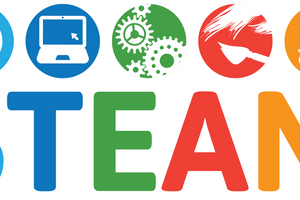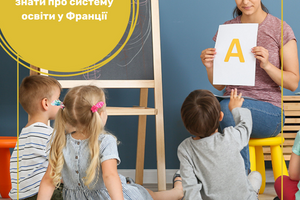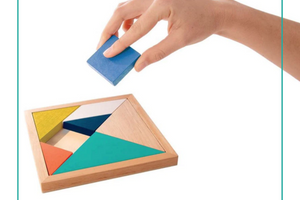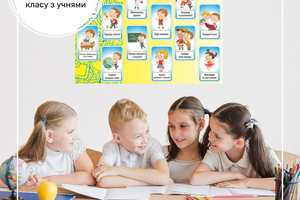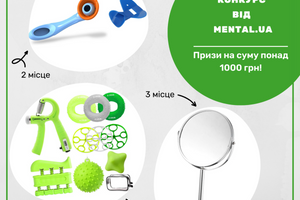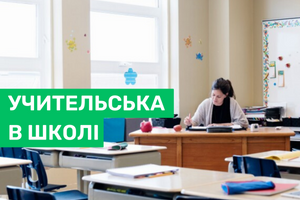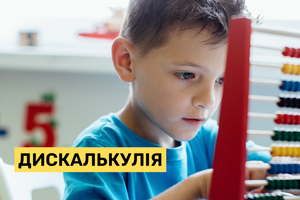Praise is more pleasant than punishment, motivates and strengthens self-confidence. Unfortunately, there is not always a reason for praise in everyday life. Children are just human and, like all of us, have weaknesses.
Fortunately, children are capable of learning and love to be encouraged to work on themselves through reward systems, e.g. to become more decent, more considerate or more conscientious in the future. In this article, you can read how to use reward systems wisely in everyday school life and how to praise correctly.
Content
1. How does praise work?
2. What does constructive criticism mean?
3. Basics of positive reinforcement
3.1. What reward systems are there?
3.2. What are the benefits of reward systems?
3.3. When are reward systems inappropriate?
3.4. Tips and Tricks: Here's how the rewards system works
How does praise work?
Praise reinforces the desired behavior and also builds the self-confidence of the person being praised, because who doesn't like to hear that they did something great or are great at something? And this effect causes people to adapt their behavior in order to get praise again.
Praise correctly
For children, it's especially important that praise comes immediately after appropriate behavior to establish a connection: if you praise your students on Monday for cleaning up the classroom last week, it will be less effective than one praise immediately after cleaning.
It's also important that you phrase your praise in a positive way and don't hide any criticism or condescension in it, because then you won't take it seriously: "You still did it" or "Great, why not do it?" That way, your students (understandably) won't take this praise for granted. Sincere praise evokes only good feelings in the person being praised: "I'm glad you did such a great job!" or "I'm really proud that you put in so much effort!" — better alternatives.
And sincerity also means that praise is appropriate: if someone is praised for every little thing, the praise loses its power. Also, a person being praised may feel mocked if they are praised (over and over again) for something they take for granted.
What does constructive criticism mean?
You need to learn to accept criticism and express it constructively. So set a good example and show your students in everyday life that criticism is not something negative, but rather a way to help them learn and constantly improve.
Constructive criticism follows certain rules. Namely:
1. Accuracy, not emotionality.
Formulate your criticism objectively, clearly and directly, and be open to any explanations the child may have for his behavior.
2. Analyticality, not personality
Find out what is behind the child's unwanted behavior. Of course, no child is naturally mean, demanding, or disobedient. Therefore, such accusations should not take place.
3. Focus on solutions instead of blame
Suggest an alternative to the behavior shown. This is the only way a child has a chance to change his behavior, because he often cannot come up with an obvious solution himself.
4. Situation instead of generalization
Only relate your criticism to the current situation. Phrases like "You always do that" or "You could never do that" are, of course, unfair and counterproductive.
5. "I" message instead of a general statement
Speak only for yourself. "Everyone else can't focus when you're so loud" is out of the question. Therefore, it is better: "I can't explain anything to you calmly if you are loud."
Nonviolent communication also provides appropriate approaches to express criticism appropriately and effectively. And, of course, criticizing alone is always better than in the presence of classmates.
Basics of positive reinforcement
From a practical point of view and separate from reward systems, positive reinforcement naturally also works in everyday life, e.g. suggesting to his distracted student, "If you can concentrate for another quarter of an hour, I'll read you a good story afterwards," because that would surely have a more pleasant effect than the threat, "If you don't concentrate now, you'll have to do the rest as homework."
In general, it makes you happier if you focus on the good things in life instead of criticizing the bad, imperfections, or mistakes. This means that not only the one who is rewarded or praised will be happier, but also the one who praises. So, give yourself and your children a little positive emotion from time to time.
What are reward systems?
Reward systems, also called symbol systems or reinforcement schedules, refer to the visual representation of praise for desired child behavior. There are basically two options: reinforcing the desired behavior and punishing the unwanted behavior. The third option combines two other principles.
Reinforcement of desired behavior
Children receive tokens (beads, stickers, etc.) for desired behavior and, when they reach a certain number, exchange them for a corresponding reward. Of course, it is important that the reward is desired by the children and that they cannot obtain it in any other way.
Example: Your students spend the first 5 minutes of each school lesson digging out their belongings from the relevant subject or packing away materials from the previous lesson that are no longer needed. In this case, give a smiley sticker to each child who at the end of the school lesson puts away their materials and prepares the documents for the next lesson.
Children stick these stickers in their bonus booklet. If it's full or your students have collected a set amount, they'll get a reward from them, e.g. if you forget a small gift, delicious fruit for next week's breakfast, or even a voucher for 1x sports equipment (then there won't be a negative comment about a forgotten bag, for example) .
What are the benefits of reward systems?
School works by rules, and learning together in the classroom also requires certain rules of conduct: treat each other with respect, work with focus, etc.
Reward systems help enforce important rules. In addition to the reward and motivation that usually comes with it, children focus their attention on the topic at hand - it can seem like a familiar knot in the scarf. Perhaps Elena does not even realize that she is constantly calling the class. And maybe Oleksandr doesn't even notice that he is crushing his cookies.
However, the guiding principle is to always question the causes of children's unwanted behavior, especially when the problems are more serious than cookie crumbs. When one child hits another or a student disrupts class, it's usually something else. Reward systems do not serve to "eliminate" disruptive or unpleasant behavior in children, but are intended to support children in optimizing their own behavior, for example, to improve their behavior in order to better organize or ensure successful cooperation.
If there are underlying reasons for the child's behavior, figure them out: perhaps the child is worried, arguing, feeling offended, being ignored or ridiculed. And if a student basically never does their math homework because they've already convinced themselves that they can't do it anyway, stars or smileys won't change that, except to confirm that they just don't understand math and never will .
Usually, in such situations, an individual conversation helps, in which you ask the child how he feels now, if you can help him in any way, and why he shows a certain behavior.
When are reward systems inappropriate?
Of course, a reward system is not a one-size-fits-all card for every situation or a cure-all for every unwanted behavior. Praise and reward should not be overused if they are to be effective. And, of course, kids are allowed to be kids: make mistakes, make noise or mess up, be bad sometimes, and have a will of their own. Before implementing a reward system, ask yourself what behavior you want to achieve and how beneficial it is.
Avoid reward systems if:
There are deeper issues behind unwanted behavior.
Children cannot demonstrate the desired behavior because e.g. the requirements are too high.
Desired behavior only ensures that children exhibit as little problem behavior as possible and ignore their needs.
However, if there are small daily challenges, a reward system can help you and your students succeed together and make working together even more enjoyable. For the sake of completeness, it should be briefly mentioned that Montessori education is critical of both punishments and rewards, as they encourage unnatural behavior and therefore can disrupt the child's development. Instead, the focus is on encouragement and reflection when things aren't going so well.
Tips and Tricks: Here's how the rewards system works
Everyone is different, so not all rewards are right for all kids. What's more: Your students probably vary greatly in their behavior and weaknesses. There are kids who never forget homework or sports equipment, so you don't need to use a reward system to encourage them to be conscientious.
Individuality wins over conformity
These children may have other disadvantages: they may take longer to even begin a task, but they have never tried an exotic fruit, or they do not have good pencils, although they love to draw.
So adjust the rewards: A child who often forgets his books gets stickers every day when all the materials are ready. A child who likes to talk even when working quietly puts on a sticker for a quiet sequence of work. And how to reward each child, you know best. It is practical, for example, a small box or "pouch" with various little surprises that the children pull out a gift from when their bonus booklet is filled.
Talking helps - as always
Talk to your students before implementing a reward system. You can e.g. encourage children to think about what they would like to work on – and what reward they would be happy with. Of course, this requires more effort than a standard system with standard rewards for everyone, but it promises more efficiency, acceptance and motivation.
Reward board or bonus booklet?
Of course, it's up to you which method to choose. Bonus books have the advantage of being more discreet and individual: not every child likes to see their name and achievements presented in front of the class, regardless of whether they are good or bad at school. In addition, the relevant agreement is easier to write down in the bonus booklet.
However, if the children in your class need to overcome challenges together, eg if you always do homework (if the children have understood), a bonus board can also be useful. Of course, the personal booklet here is also more discreet.









